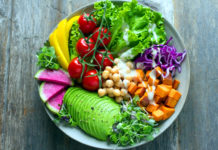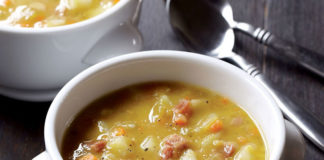Affiliate Disclaimer
Some links in this article are affiliate links. We may earn a small commission if you make a purchase through these links, at no extra cost to you. We only recommend products we find useful to our readersThere is a saying that, ‘whatever we eat is for our body and soul’. Many yoga gurus believe that, food is the basic creator of ‘prana’ or life force. Food helps in sustaining our body, and get us vitality and health. Therefore, whenever we choose a type of food, it reflects our level of conscious development. So, yoga suggests, a pure and ethical vegetarian diet, which can facilitate in the development of ‘Sattvic’ diet. ‘Sattva’ is generally a quality of love, awareness, peace and connection with all the beings. These Gurus also believe that, food is our ‘the’ first interaction with the world around us. So, if we do not eat with all our sense of connection, love and peace, then all our facts are inclined to suffer.
The basic concept of ‘Sattva’ is, ‘ahimsa’ or non-harming. A yogi or ‘Sattvic’ diet, doesn’t involve harming animals. It also promote foods to be grown harmoniously with nature, and also those foods that are ripened or grown naturally.
Plus, to that the food we eat must be prepared with love, and many positive intentions. By following these yogic or ‘Sattvic’ diet we are increasing ‘Prana’ and consciousness in a lot higher state. So, if you are planning, on following a yogic diet, then my suggestion is, to follow these diets for the benefit of health and soul. Here are some tips on following a yogic food diet or Sattvic diet.
Some Beneficial Yogic Diet
Foods to Eat
Fruits
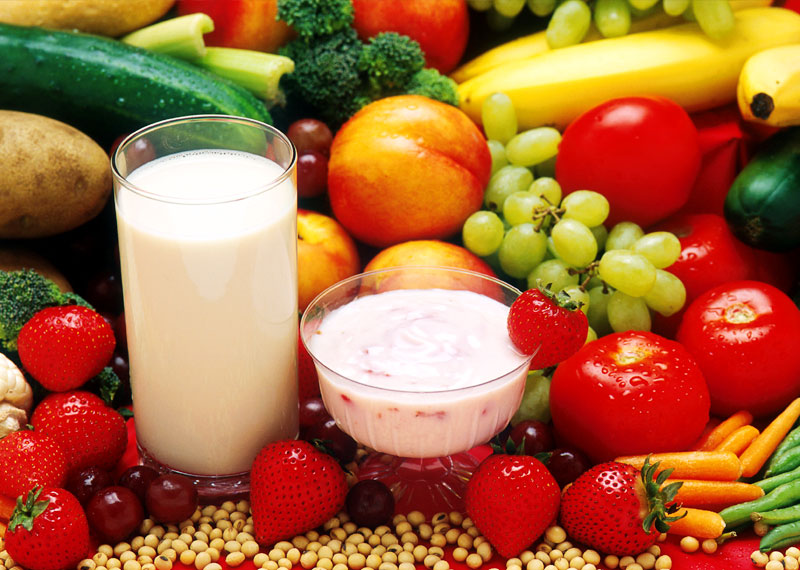
Read – Stretch Marks Clearing Foods
All vegetables
Most of the mild vegetables, are considered to be ‘Sattvic’. Some, pungent vegetables like hot pepper, garlic, leek and onion are excluded, and also some gas forming foods, like mushrooms and potatoes. Even some, consider Solanaceae family like peppers, potatoes, tomatoes and eggplants are not ‘Sattvic’. This consideration, of what falls under ‘Sattvic’ diet, and what not is defined in many different ways, by many different schools of thoughts. Sometimes, even given the nature of certain foods can be neutralized. There is also a ‘Sattvic’ practice of drinking freshly, made vegetable juices for the live enzymes, ‘prana’, and easy absorption.
Whole grains
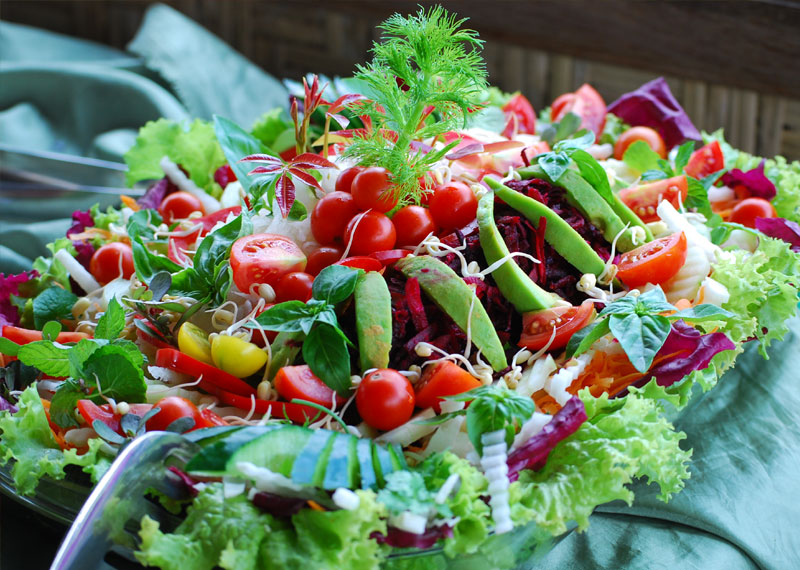
Oils, Nuts and seeds
Nuts and seeds, that have been overly roasted and salted are a good addition to ‘Sattvic’ diet. Some other nuts can include almonds, walnuts, sesame seeds, hemp seeds, pine nuts, flax seeds and pumpkin seeds are also included. Oils, that are used for these diets must be of good quality and also must be cold-pressed. Some choices in oils are sesame oil, olive oils and flax oil. ‘Sattvic’ diet suggest that most oils, must be eaten in raw state, but some oils like palm oil, ghee, sesame oil, and coconut oil, can be used for cooking.
Check – Healthy Nutrition For Acne
Natural, raw sugar, maple, molasses
Some yogis also use raw honey and jaggery, raw sugar in food. But also in some traditions, honey or sugar is excluded from the diet with other sweeteners.
Spices
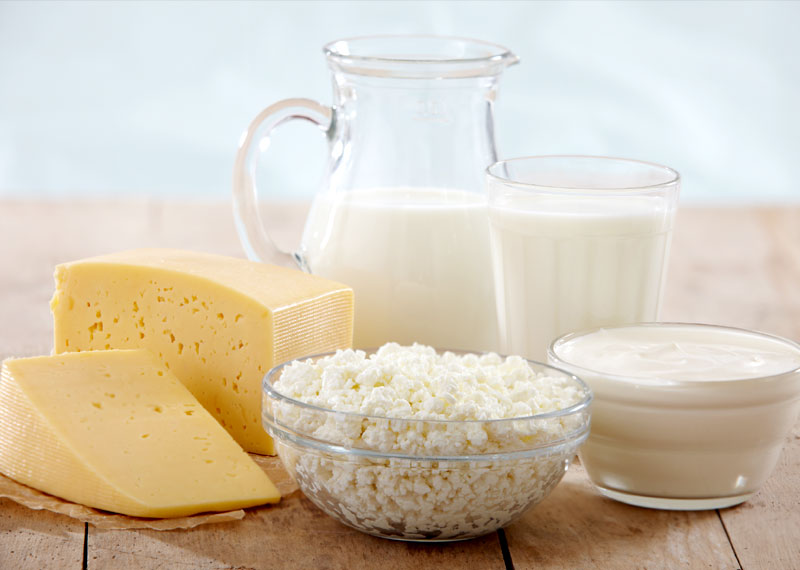
Dairy
Dairy products like milk, must be from animals that have a spacious outdoor environment, lots of water to drink, treated with love, an abundance of pasture to feed and is sure not to be pregnant. Also the milk must be collected only when the calf had her share. The other dairy products like paneer or cheese and yogurt must be made the same day it has been obtained. Butter must be fresh and raw, which has been also prepared daily, but ghee, that is clarified butter, can be used for cooking.
Freshness is the key mantra in ‘Sattvic’ dairy diet. It is believed that the milk, which are being milked from a happy cow and is also warm can be nectar to humans. It is believed that homogenization and pasteurization or use of GMOs can be harmful for humans and it is a poor treatment for cow’s milk.
Read – Foods Not To Take During Periods
By –
































